Diversity of Lower Plants
Biodiversity is the variation of life forms within a given ecosystem, biome or for the entire earth. Biodiversity is often used as a measure of the health of biological system. Biodiversity or biological diversity is the sum of all the different species of animals, plants, fungi, and microbial organisms living on earth and the variety of habitats in which they live. Scientists estimate that upwards of 10 millionand some suggest more than 100 milliondifferent species inhabit the earth. Each species is adapted to its unique niche in the environment, from the peaks of mountains to the depth of deep-sea, hydrothermal vents, and from polar ice caps to tropical rain forests.Biodiversity is also described as some of the fascinating varieties of organisms and complex ecological relationships that give the biosphere its unique, productive characteristics. The biodiversity found in earth consists of many millions of distinct biological species. Biodiversity is not distributed evenly on earth, but is consistently rich in the tropics and in specific localized regions it is less rich in polar regions where fewer species are found. Humans and most other animals are almost totally dependent on plants, directly or indirectly, as a source of energy through their ability to convert the suns energy through photosynthesis.The algae, fungi, mosses, lichens and liverworts, collectively known as lower plants, are the unsung heroes of natural history. Lower plants are at the heart of our life support system. Without lower plants, the rest of the living world couldnt function. We have left their existence to chance in the past but we now have to take positive action to conserve their immense diversity.Keeping in mind the above thought the present book has book compiled which consists of wide ranging 26 articles encompass topics which emphasizes on various aspects of diversity of algae, cyanobacteria, bacteria, pathogenic bacteria, fungi, lichens, bryophyte, pteridophte, etc. The information incorporated in the book is provided by the authors who are internationally acknowledged experts in their field. The book has been written with the intention of providing a sufficient depth of the subject to satisfy the needs at a level which will be comprehensive and interesting. We have tried to synthesize all the information which will be useful to the students, teachers, scientists and researchers in the field of biodiversity of lower plants.
Contents: Foreword. Preface.1. Biodiversity: status threats and conservation/Mukesh Kumar, Anjali Khare, Rajan Kumar Gupta and A.K. Goyal. 2. Microbial Diversity for Sustainable Crop Production in Hill Region/D.K. Shahi, B.K. Agarwal and K.P. Singh. 3. Cyanobacterial Biodiversity: A Profile/Kaushal Kishore Choudhary, Rajan Kumar Gupta and Mukesh Kumar. 4. Freshwater Cyanobacterial Diversity of Doon Valley/Anjali Khare, Mukesh Kumar and Rajan Kumar Gupta. 5. Physico-Chemical Parameters in Relation to the Distributional Pattern of Cyanobacteria/Anjali Khare, Mukesh Kumar and P.K. Singh. 6. Cyanobacterial Biodiversity and Ecostrategy/Divya Topal and N.K. Sharma. 7. Role of Cyanobacterial Biodiversity Resources in Agricultural Sustainability/Usha Pandey. 8. Algae: General Aspects, Ecological Relationships and Economic Values/Ashu, Mukesh Kumar and Rajan Kumar Gupta. 9. Extremophilic Bacteria and Microbial Biodiversity/Jay Shankar Singh and Rajan Kumar Gupta. 10. Pathogen Biodiversity: Its Origin, Nature, Characterization and Control/Mohit Kumar Gupta, Rahul Kumar, G.K. Sharma and Mukesh Kumar. 11. Biodiversity of Powdery Mildew Fungus: A Constant Threat to Cucurbits/G.K. Sharma, Desh Deepak, Mohit Kumar Gupta and Manujendra Pratap Singh. 12. Diversity of Wood Rotting Basidiomycetes of Kumaon and Garhwal Himalaya/Dhiraj Kumar Sehgal, Kaushal Pratap Singh and Dheeraj Mohan Singhal. 13. Biodiversity of Chilika Lake, East Coast of India/Jnanendra Rath and Siba Prasad Adhikary. 14. Strategies for Sustainable Biodiversity Conservation/Sushma Gupta and Rajan Kumar Gupta. 15. Phytocystatins: The New Age Healers/Garima Sharma, Sandeep Sharma and M.K. Sharma. 16. Aquatic biodiversity: Nature and Characterization/Manisha Kaushal, G.K. Sharma, Desh Deepak and Mukesh Kumar. 17. Threats to Phytodiversity/Sumeet Gairola, K.N. Bhardwaj and C.S. Rana. 18. Himalayan Biodiversity with Reference to Uttarakhand and its conservation strategies/Kiram Dimri and N.K. Sharma. 19. Intellectual Property Rights (IPR): An Effective Tool to Protect Indigenous Technical Knowledge/Poonam Paliwal and M.K. Paliwal. 20. An Updated List of Pteridophytes of Uttarakhand/N. Punetha, B.S. Kholia, Richa Punetha and Kamlesh Bhakuni. 21. Distribution Pattern of Terricolous Lichens in Garhwal Himalayas (Chopta-Tungnath Tract) with Reference to Morphological and Environmental Variables/Himanshu Rai, Rajan Kumar Gupta, D.K. Upreti and Pramod Nag. 22. Bryophytes and Ecosystem/Yateesh Mohan Bahuguna, Sumeet Gairola, D.P. Semwal, P.L. Uniyal and A.B. Bhatt. 23. Biodiversity and Conservation Needs in Uttarakhand Himalaya: A Case Study of District Rudraprayag/G.P. Raturi and A.B. Bhatt. 24. Diatoms: Occurrence, Structure and Application/Rachna Nautiyal. 25. Biodiversity and Biotechnology/Ravi Rajhans, Rajan Kumar Gupta and Mukesh Kumar. 26. Mycorrhiza: A Symbiotic Fungi/Devendra Singh, Rajan Kumar Gupta and Mohd. Irfan. Index.
Get it now and save 10%
BECOME A MEMBER

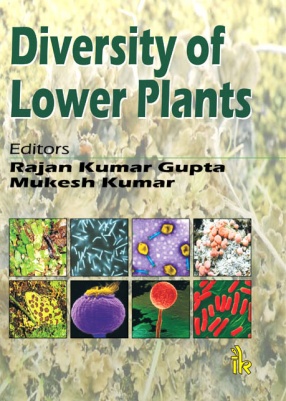
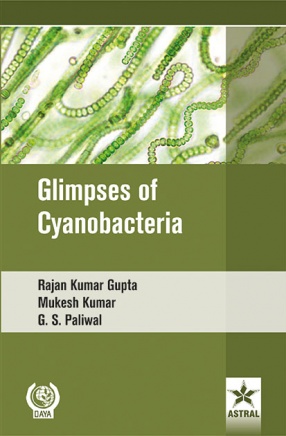
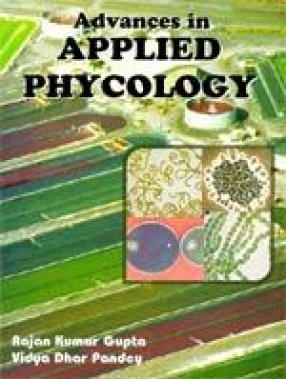
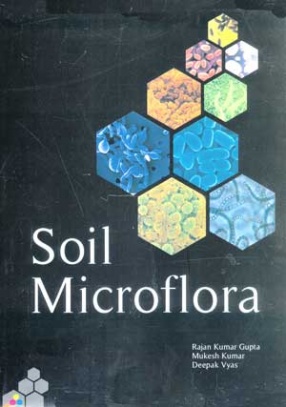
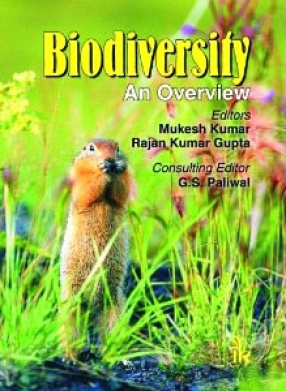






Bibliographic information
Mukesh Kumar